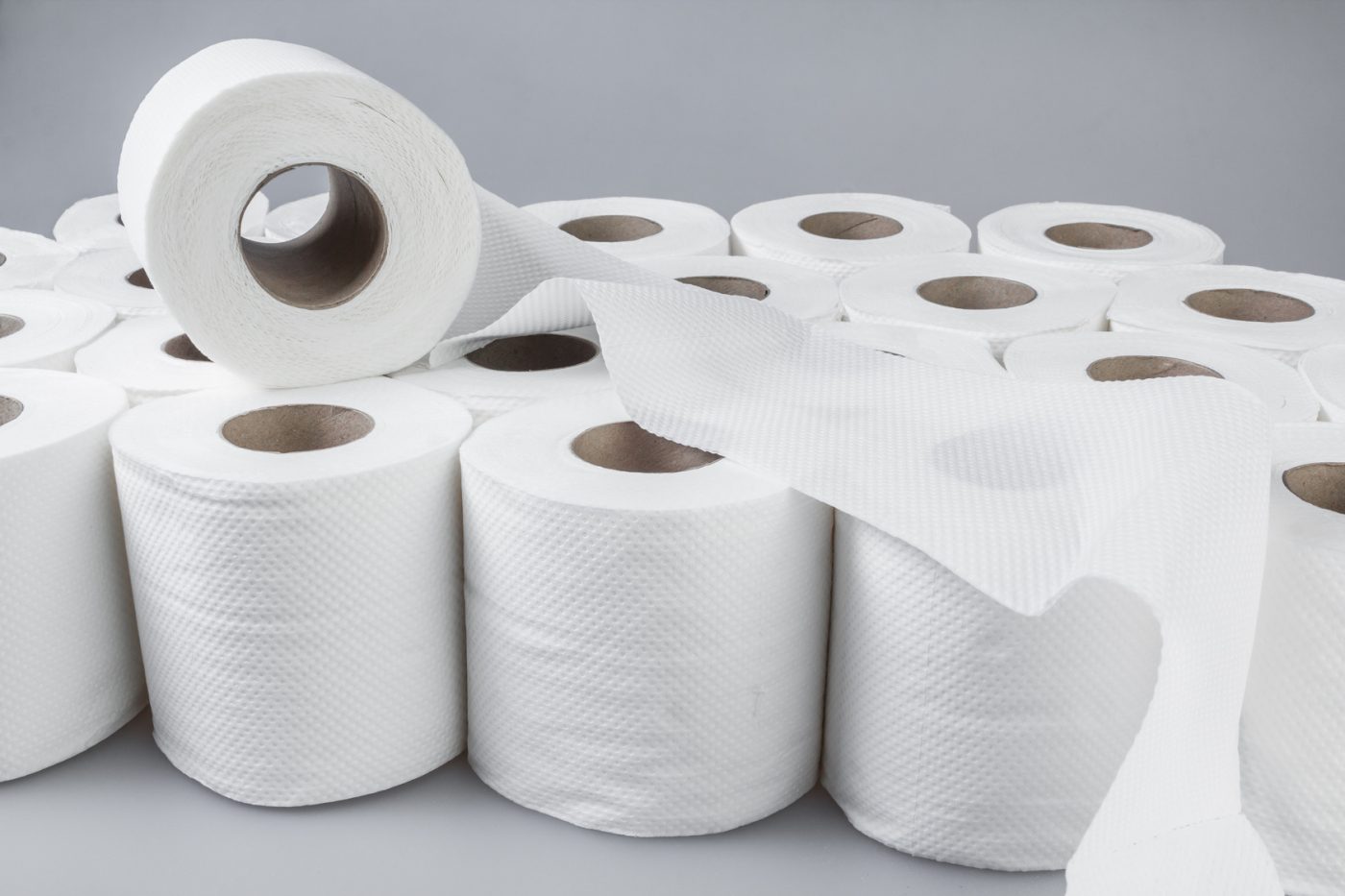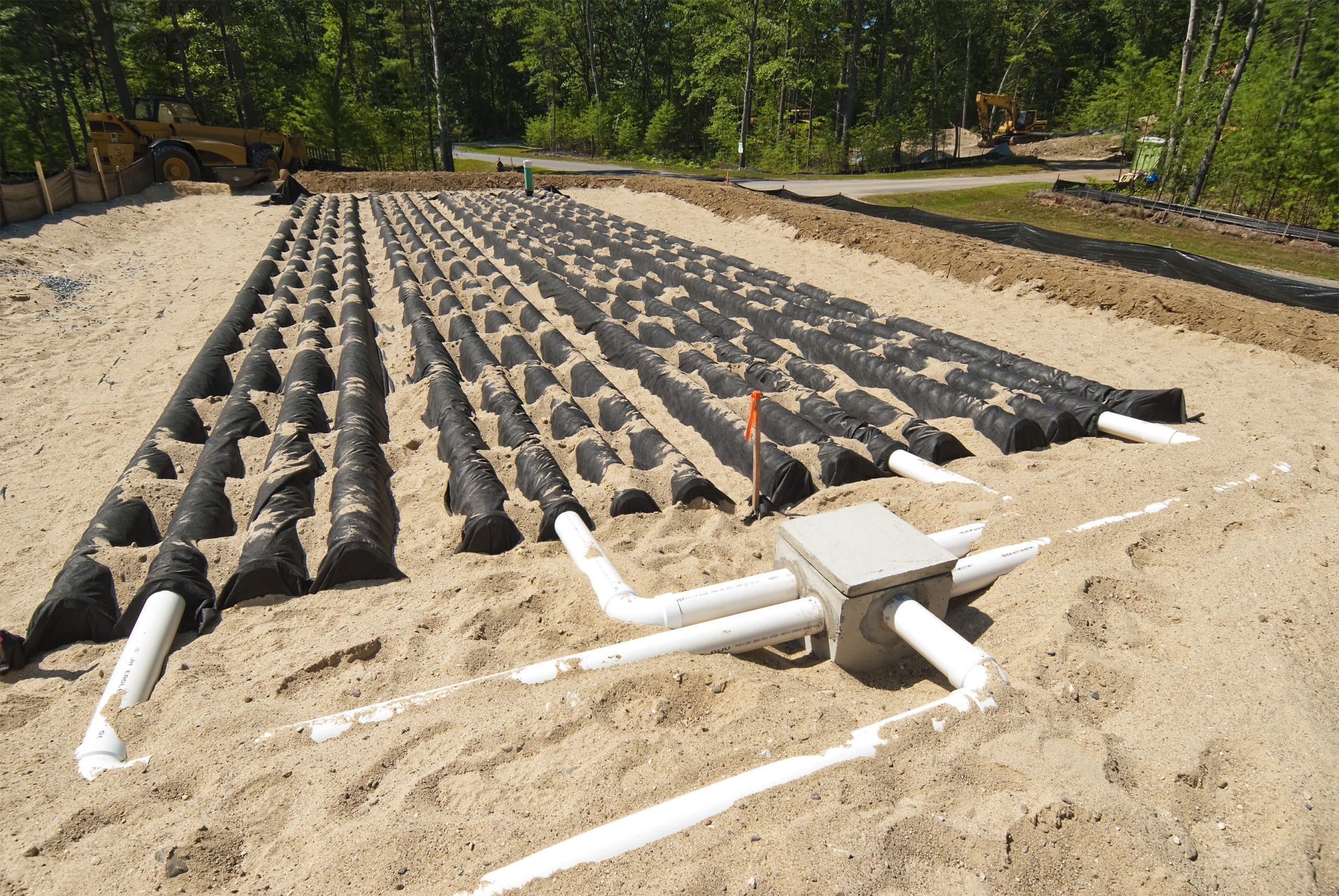Essential Guide to Septic Tank Pumping: Facts and Insights
Understanding When to Get Your Septic Tank Pumped Septic tanks are an essential component of many homes, especially in rural areas where municipal sewage systems are not available. They are designed to treat and dispose Read more…



